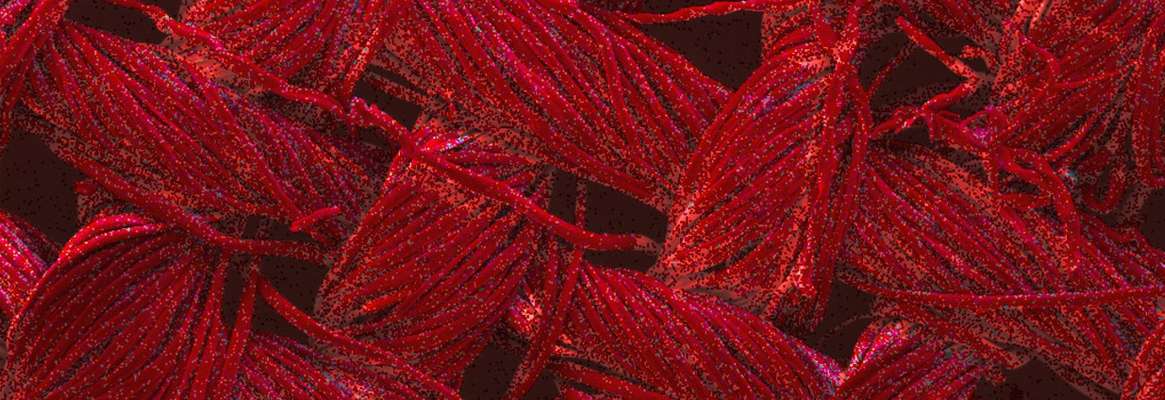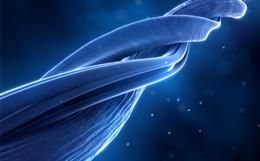The 'self-cleaning' technology brings in use titaniumdioxide photocatalyst that is when triggered by light it decomposes dirt,stains, and harmful microorganisms.
Introduction
Wool and Silk are the most valuable and are most commonlyused fabrics throughout the world. They are the most esteemed players ofTextiles, Garments and Apparels Industry. However, these fabrics are thetoughest to maintain and clean. They need numerous efforts for long-life andbetter quality maintenance over years to protect them from damage.
But there is a reason to cheer because science has come upwith a solution for this. The ones who hate washing but are hygiene conscious, self cleaningvariety of wool and silk made with the help of nanotechnology can be a nothingless than a boon for them.
Chemical Process
Wool and silk hold in them natural proteins called keratins.In the new study, wool fabrics with and without a nanoparticle coating composedof Anatase titanium dioxide is prepared. It is a substance that helps destroyingstains, dirt, and harmful microorganisms on exposure to sunlight.
The self-cleaning fabrics work using the photocatalyticproperties of titanium dioxide, a compound used in many new nanotechnologysolar cell applications. The fabric is coated with a thin layer of titaniumdioxide particles that is only of 20 nanometers in diameter. When thissemi-conductive layer is uncovered to light, photons with energy equal to orgreater than the band gap of the titanium dioxide stimulate electrons up to theconduction band. The energized electrons within the crystal configuration reactwith oxygen atoms in the air, creating free-radical oxygen. These oxygen atomsare potent oxidizing agents, which can break down most carbon-based compoundsthrough oxidation-reduction reactions. In these reactions, the organiccompounds (i.e. dirt, pollutants, and micro organisms) are broken down intosubstances such as carbon dioxide and water. Since the titanium dioxide onlyacts as a catalyst to the reactions, it is never used. This lets the coating topersist breaking down stains over and again.
Experiment
The researchers stained the fabric sample with red wine. Thecoated fabric, as expected, showed almost no signs of the red stain, whereasthe untreated fabric remained deeply stained, after 20 hours of exposure toreplicated sunlight. This non-toxic Titanium coating can be permanently bondedwith the fibre without altering its touch and feel. This study shows thatself-cleaning fibrous proteins such as wool can be produced by a simple coatingprocess with this OctahedriteTiO2under mild conditions. A modification of these fibrous proteins with Succinicanhydride acid introduces additional carboxylic groups by process of acylationwhich allows for improved bonding between TiO2 and the fibers that in turnresults in more useful self-cleaning characteristics. The chemical modificationand Anatase coating methods do not utilize toxic reagents or solvents and themeasures are taken under placid conditions good for such keratinous materials.
The complication in the research was looking out for a way to unite keratin with titanium dioxide. Applying a ceramic inorganic material to organic fibres especially keratin protein fibres such as wool, silk, hemp, and spider silk, was the hardest nut to crack.
After a chemical reaction to "activate" the surface of the fibres, the team found it could make the titanium dioxide crystals stick.
Uses and Benefits
It is expected that as soon as the technology obtains the approval and NOC technically and economically the product will then be easily available in the market. Presently, this patent-awaiting technology is going through its industrial testing and mill checks.
This self-cleaning property will attain a prime position in forthcoming textile scenario and other commonly used materials to maintain hygiene and prevent the dispersion of contagions. Particularly since microorganisms can easily grow on textile surfaces for almost three months, this fabric becomes more necessary.
Self-cleaning technology can also help in reducing the consumption of chemicals, such as detergents and dry-cleaning solvents, water, and energy.
Conclusion
Hence we can see that we will soon get fabrics that will clean off stains and foul smells in the sunshine, themselves. No physical efforts will be required brushing them off over and over again degrading the quality of your costly clothing.
References
- &sec=article&uinfo=<%=server.URLEncode(2855)%>">http://www.telegraph.co.uk/science/science-news/3324940/Self-cleaning-wool-and-silk-developed-using-nanotechnology.html
- &sec=article&uinfo=<%=server.URLEncode(2855)%>">http://www.sciencedaily.com/releases/2008/02/080211094258.htm
- &sec=article&uinfo=<%=server.URLEncode(2855)%>">http://www.technovelgy.com/ct/Science-Fiction-News.asp?NewsNum=1464
- &sec=article&uinfo=<%=server.URLEncode(2855)%>">http://nanopedia.case.edu/NWPage.php?page=how.self.clean.fabric.works







